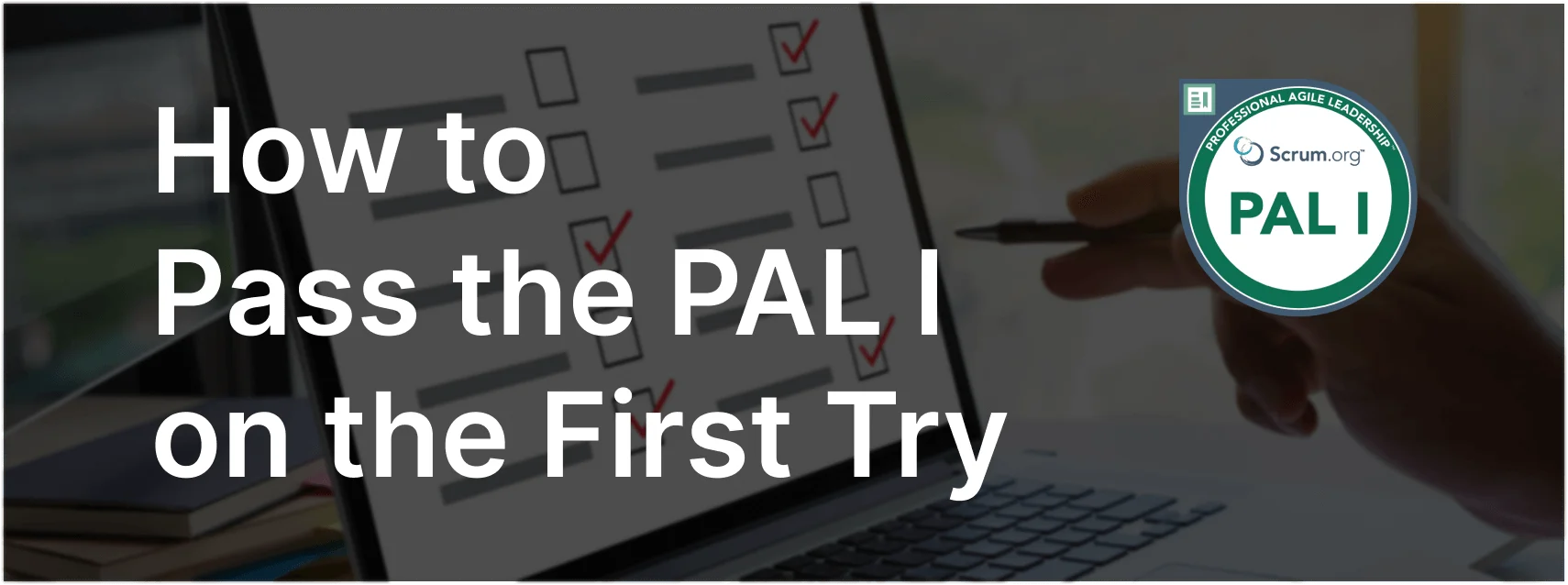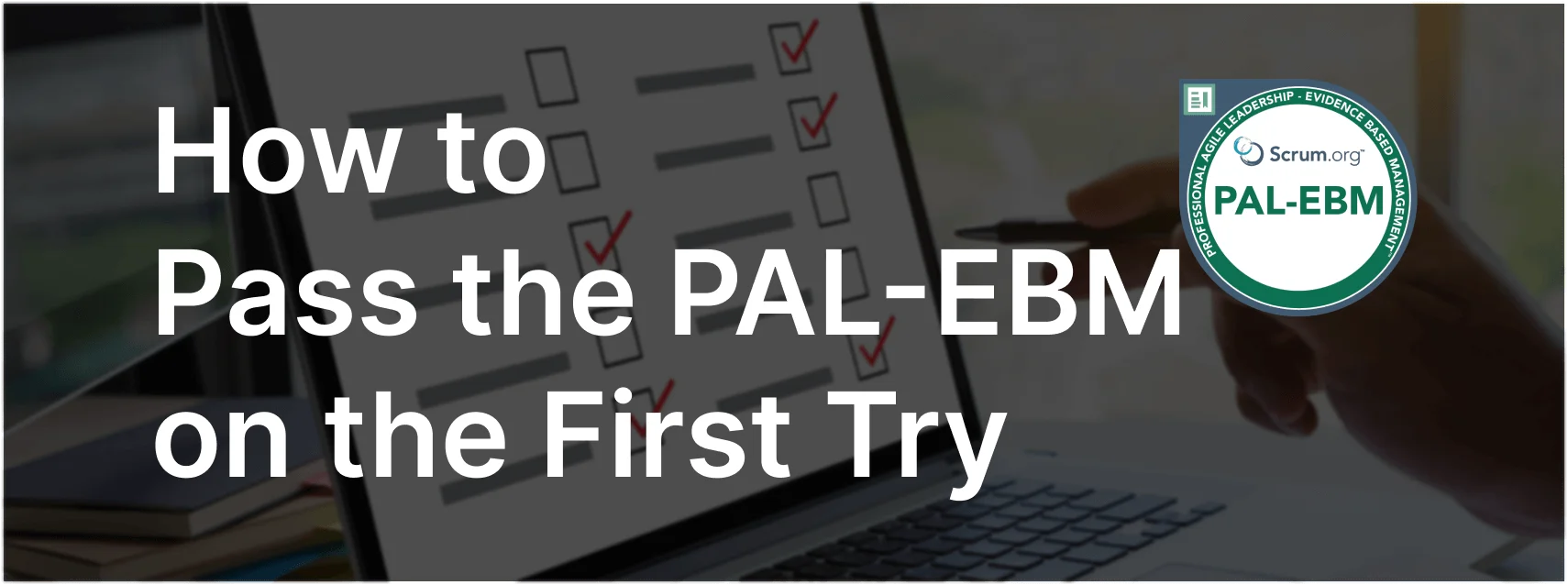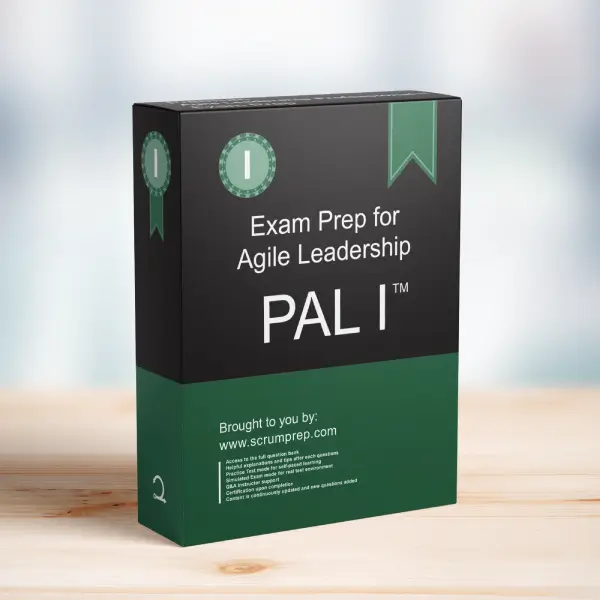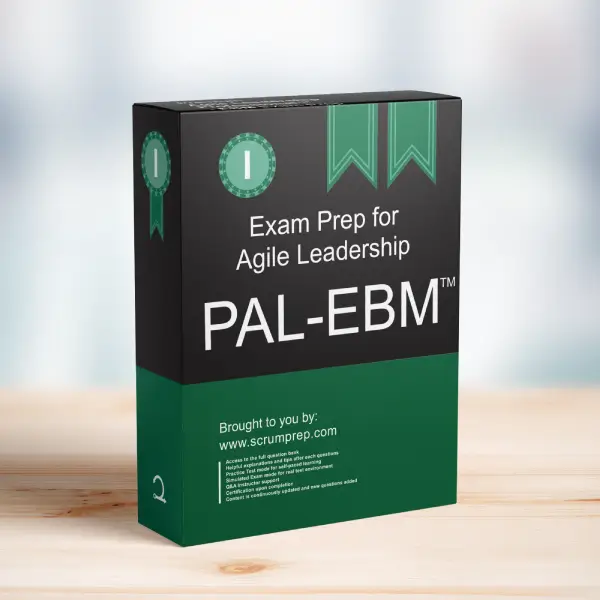Responding to Customer Requests for Major Product Changes
When an important customer requests significant changes that require an expensive product redesign, it’s crucial to carefully evaluate the request and consider its broader impact. This article explores the best approach to handling such situations.
Exam Question
An important customer has requested a set of features that they say will greatly improve your product; they claim that if you implement the features they will purchase significantly more product. The features would cause an expensive product redesign so you are hesitant to agree. You also have not heard similar feedback from other customers. What would you do in response to the request?
(choose the best answer)
A. Devise experiments to better understand their needs and possible alternatives.
B. Develop workarounds that will achieve their request without a product redesign.
C. Conduct market research to assess demand for the features with the broader market.
D. Implement the features in line with the customer’s request, relying on their experience.
Correct Answer
A. Devise experiments to better understand their needs and possible alternatives.
Explanation
Correct Answer
A. Devise experiments to better understand their needs and possible alternatives:
When facing a significant request that requires an expensive redesign, it’s essential to first understand the customer’s needs and explore possible alternatives. By devising experiments, you can gather data and insights on the actual value of the requested features. This approach allows you to validate the customer’s claims, understand the broader market impact, and explore cost-effective solutions that meet their needs without committing to a full redesign prematurely.
Why the Other Options Are Less Relevant
B. Develop workarounds that will achieve their request without a product redesign:
While workarounds can be beneficial in some cases, they might not fully address the customer’s needs or could lead to suboptimal product performance. It’s important to understand the root cause of the request before developing solutions.
C. Conduct market research to assess demand for the features with the broader market:
Market research is useful but may not provide the actionable insights needed to address the specific customer’s request effectively. Experiments can offer direct, empirical evidence to guide decisions.
D. Implement the features in line with the customer’s request, relying on their experience:
Implementing significant changes based solely on one customer’s request without validation can be risky. It might not align with the broader market needs and could lead to wasted resources if the features do not provide the expected value.
Benefits of Devising Experiments
- Validation: Confirm the actual need and potential value of the requested features.
- Cost-Effectiveness: Explore alternative solutions that might be less expensive and more efficient.
- Market Alignment: Ensure that changes align with broader market demands and not just a single customer’s request.
- Risk Reduction: Mitigate the risk of committing to a costly redesign without sufficient evidence of its benefits.
EBM Framework Insights
- Current Value (CV): Understanding customer needs through experiments ensures that the product enhancements deliver real value.
- Unrealized Value (UV): Identifying and validating new features can unlock future value and market opportunities.
- Ability to Innovate (A2I): Experiments foster innovation by testing and validating new ideas.
- Time to Market (T2M): Quick, iterative experiments can lead to faster implementation of valuable features.
Relevance to the PAL-EBM Exam
Knowing how to handle significant customer requests through empirical methods is crucial for the PAL-EBM exam. This knowledge demonstrates the ability to apply evidence-based management principles to make informed, data-driven decisions.
Key Takeaways
- Devising experiments is the best approach to validate customer requests for significant product changes.
- Experiments provide empirical evidence to guide decisions and explore cost-effective alternatives.
- Understanding customer needs and market alignment is essential for delivering real value.
Conclusion
When faced with significant customer requests, devising experiments to understand their needs and explore alternatives is crucial. This approach ensures that decisions are based on empirical evidence, aligning product enhancements with market demands. For more information on preparing for the PAL-EBM exam, visit our Professional Agile Leadership PAL-EBM™ Exam Prep.




